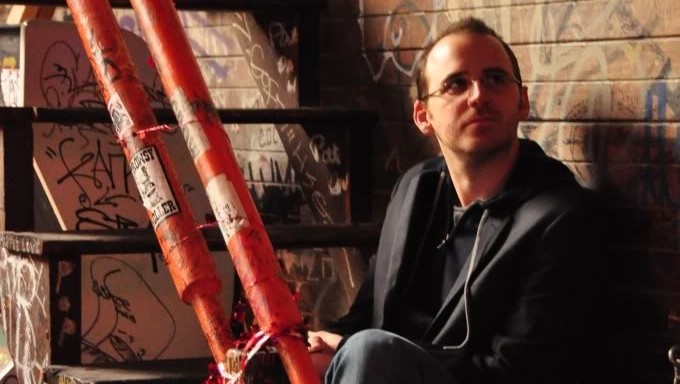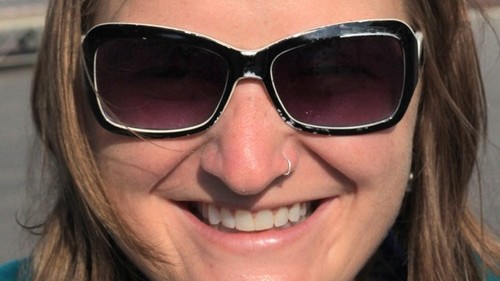Podcast: Play in new window | Download
Subscribe: RSS
The great thing about the 99% Invisible podcast is that feels like a well-kept secret — even as it has risen the ranks to become one of the most downloaded podcasts on iTunes.
Seemingly improbably, Roman Mars has created and built a beautiful podcast that discusses the virtues of design and architecture — visual subjects that are tackled in audio form. It is a tricky challenge, but Mars and his team regularly prove worthy of it, captivating their audience with vignettes about subjects like city streets, slot machines, and — most perplexingly, from my vantage point — rebar.
In the process, Mars has developed a reputation as “the Ira Glass of design”, and that reputation is warranted — to a point. As a listener of both, I feel like Mars has developed his own persona, with more asides and unbridled enthusiasm. Both are terrific, and Mars is quickly becoming just as popular as Glass, recently launching the highest-funded journalism project in Kickstarter history.
I was honored to interview Mars for the sixth episode of the “Telling The Story” podcast. We tackle numerous subjects, including:
- The future of podcasts: “I don’t think we have saturated the podcast market in the slightest. My most popular web page is the web page where I recommend other podcasts.”
- The difference (if any) between journalism and storytelling: “I like to think of it as, ‘I have a column about design.’ So I have a fact-based opinion column. To me, it’s honest in that way.”
- How to convey the beauty of design and architecture: “You kind of have to seduce the audience to care about this thing that they have been trained to not notice. Most of the good design in the world is good because you don’t think about it.”
I highly recommend this episode, especially for younger journalists looking for storytelling tips; Mars provides several important ones. I was honored to have him as a guest.




